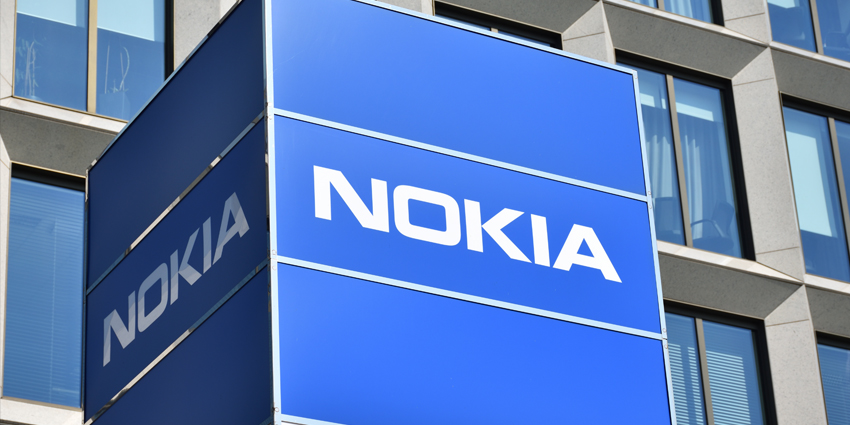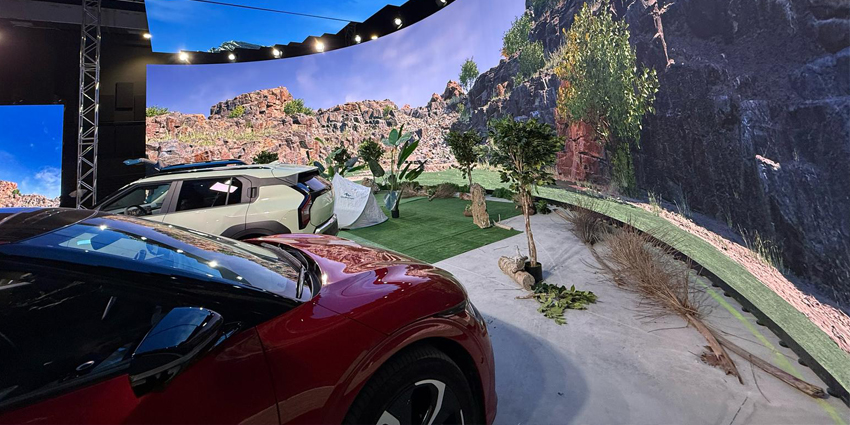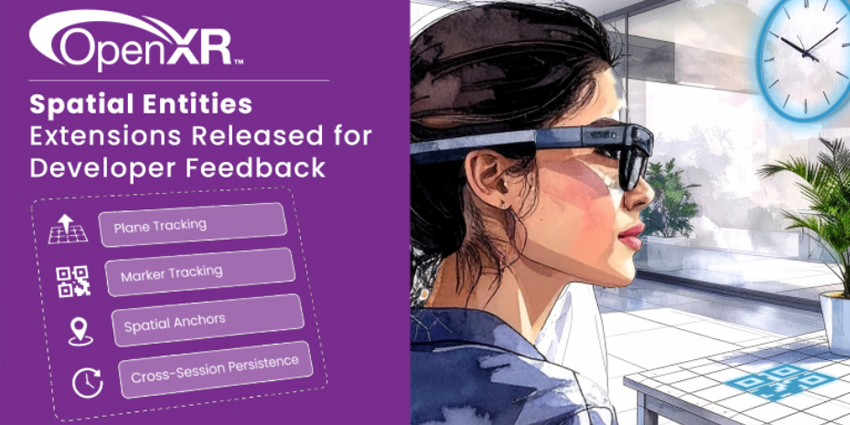It’s impossible to deny the impact of immersive technology on today’s content landscape. Extended Reality solutions aren’t just changing the way people interact with games, they’re also influencing how we interact with brands, learn about new products, and consume entertainment.
Unfortunately, while demand for immersive experiences is increasing, a severe skills shortage in the digital landscape is making it difficult for innovators to keep up. Though bootcamps and courses are emerging to provide users with the skills they need to create immersive experiences, there’s still a growing need for simpler, more streamlined platforms for content creation.
Fortunately, some of the biggest innovators in the digital landscape are already exploring new ways to empower modern brands. From Varjo’s creative cloud, which makes streaming and managing content simpler, to the Unity platform, complete with toolkits and step-by-step guides on RT3D development, new solutions are emerging every day.
Amazing Platforms Democratising XR Content Creation
Democratising XR content creation means providing companies throughout the modern landscape with the tools they need to build and deliver immersive experiences, regardless of skill shortages. Low-code and no-code tools, platforms with in-built asset libraries, and simple drag-and-drop builders are becoming increasingly commonplace in the XR space.
For instance, Blippar’s Blippbuilder offers users a straightforward way to create and publish interactive content without the need for complex coding. Zappar’s Zapwork’s platform provides a similar solution. Google, and Apple all have their own unique toolkits, designed to simplify the process of creating immersive content.
Here are just some of the other major vendors innovating in this space:
1. NVIDIA
One of the best-known companies in the graphics landscape, NVIDIA has been heavily investing in its metaverse and XR content creation strategy. The company developed the “Omniverse”, a computing platform which supports individuals and teams in the development of RT3D workflows. The platform-as-a-service solution comes with everything organizations need to build their own metaverse environments and XR experiences.
Recently, as part of the GTC online event, NVIDIA even introduced new tools to assist companies and brands in developing enterprise-grade avatars within the omniverse. This technology leverages state-of-the-art AI models and algorithms to simplify avatar development for client-facing business operations such as customer service.
2. Meta
Meta has been championing the metaverse and immersive technologies for a number of years now. The company not only makes it easy for consumers to access extended reality content, through the development of affordable headsets like the Meta Quest, it also provides companies and developers with the tools they need to build their own immersive experiences.
Companies can leverage Meta software development kits, to produce VR experiences specially designed for the Quest headset. Additionally, Meta’s SparkAR Studio allows businesses from all environments to create augmented reality effects for platforms like Instagram and Facebook, with no coding knowledge whatsoever.
3. Canon
Canon is another major company investing in the democratisation of immersive content. Recently, the company shared its vision for simplifying VR filmmaking, by providing users with access to a variety of powerful immersive tools.
The Canon Free viewpoints system offers entertainment providers access to comprehensive camera systems, capable of capturing data and converting visual information into 3D replicas of people and objects. Canon’s MREAL solution also supports creators in developing lifelike images and experiences in the mixed reality environment. The company has even developed a VR camera, which provides access to 8K 360-degree footage, at an affordable price point.
4. Luma AI
Innovators in the AI and XR landscape, Luma AI has also begun developing solutions intended to assist companies with the creation of immersive experiences. The Luma AI team debuted a plugin for NVIDIA NeRF this year – a volumetric capture and content creation suite.
The update allows Unreal developers to run Luma AI volumetric content locally, negating the need for complex streaming and geometry alterations. Platform developers can import captures into an Unreal project, and begin presenting the digitised object immediately. Additionally, brands and entertainment groups can leverage the technology stack to develop immersive sales and marketing experiences.
5. Croquet (and Unity)
Unity, as one of the go-to platforms for content creation in the immersive world, is constantly investing in new ways to support and educate developers. However, while there are various step-by-step guides, courses, and bootcamps available for would-be Unity designers, the solution can still be complex for beginners to use.
Fortunately, the Croquet Corporation may have a solution. The company produced a beta metaverse platform, which integrates with Unity, to allow users to create Unity-based immersive experiences without writing or managing complex multiplayer code. The solution also eliminates the need to deploy servers, giving developers direct access to a convenient online platform.
6. CoSo Cloud
Democratising creative content isn’t just important for brands looking to improve connections with customers, or entertainment companies building immersive experiences. Educators looking to take advantage of immersive reality for improved learning experiences can benefit from simpler platform solutions too. For instance, the CoSo Cloud headless LMS system aims to help organisations from all industries produce immersive learning content for students.
The CoSo cloud military-grade learning management system allows businesses to build and share extended reality educational experiences over the cloud, with minimal effort. Major institutions like the United States Department of Defence are already leveraging the tool in their own learning strategies. Companies like ARuVR have taken a similar approach, providing companies with an all-in-one platform for creating XR experiences without coding knowledge.
Transforming the XR Space with Democratisation
The democratisation of content creation and the simplification of development in the XR space are likely to play an important role in the evolution of the industry. While additional training and educational resources will need to be created to support a new wave of XR talent, simplified tools and platforms will help to bridge some of the gaps in the current industry.
Even major XR events are drawing attention to the democratisation of content creation this year. For instance, AWE’s USA event will feature no-code platforms, a developer track, and a creator track, all designed to highlight the most compelling tools in the space for content development.







